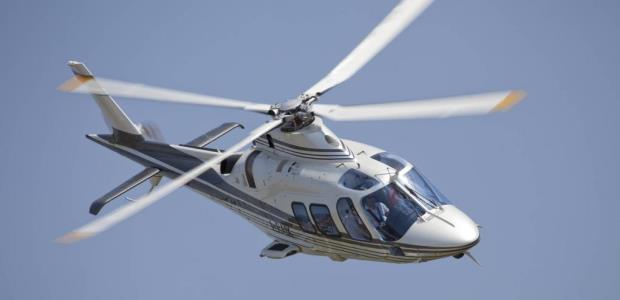
FAA Issues Final Rule on Helicopter Safety
The rule, which applies to helicopters and air ambulance companies, requires stricter procedures on all fronts. It fulfills some NTSB recommendations.
The Federal Aviation Administration has published its final rule calling for stricter helicopter safety procedures, a rule that fulfills some NTSB recommendations to the DOT agency; addressing the unique characteristics of helicopter operations is on the NTSB's Most Wanted List. The new rule requires helicopter operators -- including those who operate air ambulances -- to have stricter flight rules, stricter procedures, better communications, improved training, and additional on-board safety equipment.
According to the FAA, this rule "represents the most significant improvements to helicopter safety in decades and responds to government's and industry's concern over continued risk in helicopter operations." It addresses flying procedures in bad weather; helicopter operators are required to implement enhanced procedures for flying in inclement weather within the next 60 days. They also will have to use enhanced procedures for flying at night or when landing in remote locations. Helicopter air ambulances will have to incorporate the latest on-board technology and equipment within the next three years and, within four years, they must be equipped with flight data monitoring systems.
Part 135 helicopter operators are required by the new rule to equip their helicopters with radio altimeters, use higher weather minimums when choosing an alternative airport, and more. Air ambulance companies will have to institute pre-flight risk analysis programs and ensure their pilots hold an instrument rating.
Christopher Hart, NTSB's vice chairman, and senior air safety investigators from the agency will participate in the Helicopter Association International's Heli-Expo 2014 on Feb. 24 at the Anaheim Convention Center in Anaheim, Calif. The investigators are scheduled to hold a training session about lessons that have been learned from recent helicopter accident investigations and will present case studies that emphasize NTSB safety recommendations on helicopter maintenance, flight simulators, and flight recorders. The case studies will be followed by industry-led panel discussions on best practices, with Hart presenting opening remarks for the session. These are part of the event's Rotor Safety Challenge, which includes 44 presentations Feb. 24-26.
On Feb. 25, NTSB issued two related Safety Alerts -- Safety Through Helicopter Simulators (SA-031) and Helicopter Safety Starts in the Hangar (SA-032) -- along with two videos produced in conjunction with Helicopter Association International. The videos feature NTSB investigators sharing their perspectives about the lessons learned from helicopter accident investigations.